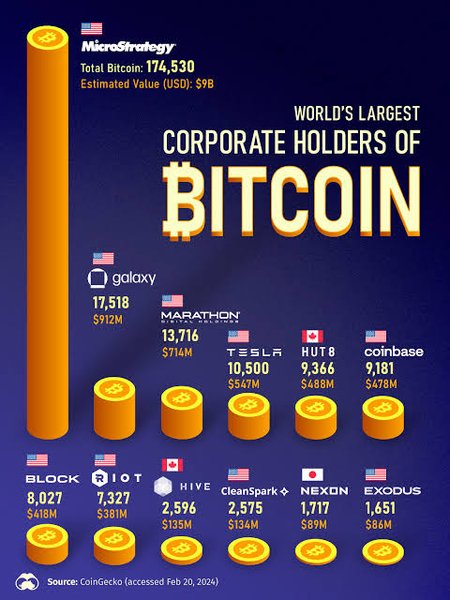THE GHIBLI EFFECT
0 comments
A Brief Introduction
Studio Ghibli is a Japanese animation film studio founded in 1985 by directors Hayao Miyazaki, Isao Takahata, and producer Toshio Suzuki. Known for its stunning hand-drawn animation, emotionally rich narratives

has become a cultural phenomenon, captivating audiences across generations and borders.
The Origins of Ghibli
The success of Hayao Miyazaki's 1984 film Nausicaä of the Valley of the Wind led to the formal establishment of Studio Ghibli the following year. This was the beginning of the studio. The founders' intention to "blow a new wind" through the animation industry is symbolized by the name "Ghibli," which comes from the Italian word for a hot desert wind. Signature Elements of Ghibli Films
Strong Female Leads
Ghibli is renowned for its empowering female characters. Ghibli's characters, from the determined Chihiro in Spirited Away to the brave Princess Mononoke and kind-hearted Sophie in Howl's Moving Castle, challenge stereotypes and offer depth and development that are uncommon in mainstream animation.Environmental Themes
Many Ghibli films explore humanity’s relationship with nature. Particularly, Princess Mononoke and Nausicaä of the Valley of the Wind emphasize the significance of ecological equilibrium and the destructive effects of industrialization.Visually rich worldbuilding The studio is famous for its lush landscapes, whimsical architecture, and imaginative creatures. Each frame feels alive and real, whether it's in Totoro's countryside, the moving castle, or the bathhouse in Spirited Away.
Subtle Storytelling
Unlike many Western animations that rely on loud humor or clear-cut villains, Ghibli films often embrace ambiguity. They depict real emotions, internal conflicts, and morally complex characters.Emotional and Nostalgic Tones
Ghibli captures the bittersweetness of growing up, the mystery of childhood, and the simplicity of life’s small moments. An excellent illustration of this is My Neighbor Totoro, which is quiet, gentle, and yet incredibly moving. Iconic Ghibli Films
Spirited Away (2001) – A modern masterpiece and winner of the Academy Award for Best Animated Feature, this coming-of-age story set in a spirit world is beloved worldwide.
My Neighbor Totoro (1988) – A heartwarming tale about childhood and nature, featuring the studio's mascot, Totoro.
The powerful epic Princess Mononoke, released in 1997, examines the conflict between industrialization and nature. Howl’s Moving Castle (2004) – A magical journey filled with romance, war, and transformation.
Grave of the Fireflies (1988) – A heartbreaking portrayal of two siblings surviving in war-torn Japan.
Beyond the Films: The Ghibli Museum
Located in Mitaka, Tokyo, the Ghibli Museum is a dreamland for fans. The museum is a celebration of the magic and philosophy of the studio, featuring original storyboards, exclusive short films, and life-sized recreations of scenes from Ghibli. Legacy and Influence
Untold numbers of animators and filmmakers around the world have been influenced by Studio Ghibli. Its impact can be seen in Pixar films, independent animations, and even video games. Despite its roots in Japanese culture, the book's themes of love, loss, bravery, and connection are universally acknowledged. Ghibli in the Modern Era
After several retirement announcements from Miyazaki, the studio has continued to produce new content. Their latest film, The Boy and the Heron (2023), marks the return of Miyazaki and reminds audiences that Ghibli’s spark is still alive.
Why Ghibli Is Important In a fast-paced world dominated by CGI and action-driven plots, Studio Ghibli offers something different: a chance to pause, reflect, and feel. It’s not just animation—it’s poetry in motion.
Whether you're a child discovering Totoro for the first time or an adult moved to tears by Seita and Setsuko, Ghibli has something for everyone. It's more than just a studio; it's a sensation.


Comments